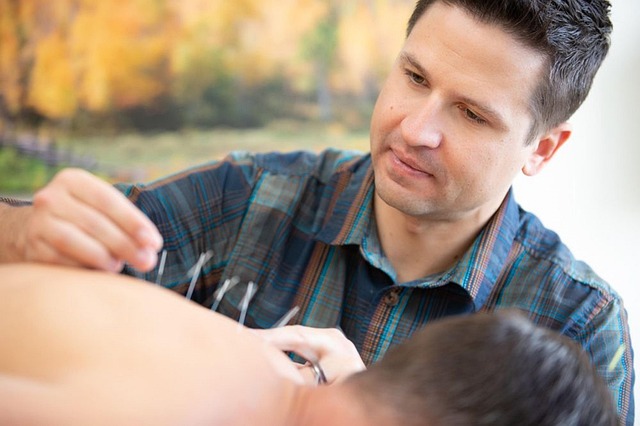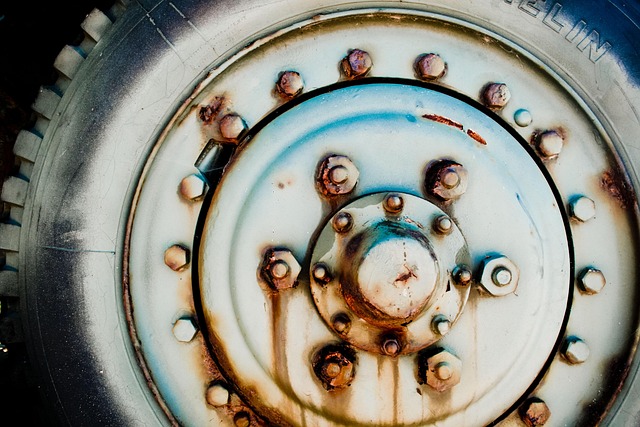Commercial Mold Remediation Denver involves a detailed inspection by professionals who assess mold extent, identify sources, and create tailored plans based on property needs. Remediation includes containing areas, removing moldy materials, sanitizing spaces, and employing techniques like air filtering and dehumidification. Early identification is crucial; look for visible signs and address moisture problems promptly. Safety is paramount; professionals use protective gear to shield against spores. Immediate action by reputable companies mitigates extensive damage. Commercial carpet mold cleanup requires specialized equipment and safe protocols.
“When it comes to commercial mold remediation in Denver, understanding the process is key. This comprehensive guide delves into the intricate steps involved, starting with a detailed inspection. Learn what professionals look for during assessments and discover common signs of mold in commercial spaces. Additionally, explore essential safety measures and preparation tips to ensure a successful and safe remediation experience.”
- Understanding Commercial Mold Remediation Process
- Denver Inspection: What They Look For During Assessment
- Common Signs of Mold in Commercial Spaces
- Safety Measures and Preparation for Mold Remediation
Understanding Commercial Mold Remediation Process

When it comes to commercial mold remediation in Denver, understanding the process is key to a successful and efficient cleanup. The first step involves a thorough inspection by a professional team who will assess the extent of the mold growth and identify the source. This is crucial for any denver mold removal for renters, as it ensures the right methods are employed from the start. During this phase, experts will also take samples to determine the type of mold present, which can vary in terms of health risks. Once the inspection is complete, a comprehensive plan is devised tailored to the specific needs of the property.
The actual remediation process involves several steps. Affordability should not be a concern when seeking biohazard cleanup Denver services, as many providers offer flexible packages. This includes containing and isolating the affected area to prevent further contamination, removing moldy materials, and cleaning and sanitizing the space. Advanced techniques such as air filtering and dehumidification might be employed to remove any remaining spores and reduce humidity levels, which is essential for preventing mold recurrence. The goal is not only to eliminate existing mold but also to address the underlying issues that fostered its growth, ensuring a lasting solution rather than just a temporary fix.
Denver Inspection: What They Look For During Assessment

During a Denver commercial mold remediation inspection, professionals carefully assess every nook and cranny of affected areas to identify mold growth and determine its extent. They inspect hidden corners, behind walls, under flooring, and within air conditioning systems, as these are common spots for hidden mold. The team uses specialized tools like moisture meters and thermal imaging cameras to detect anomalies that may not be visible to the naked eye.
They also evaluate the source of moisture, which is crucial for understanding how and where mold has developed. By combining visual inspections with advanced technology, they can pinpoint the type, severity, and extent of mold contamination, ensuring effective long-term mold prevention strategies tailored to the specific needs of the Denver property, whether it’s for renters or commercial spaces. Additionally, experts offer mildew growth prevention tips to help property owners and occupants prevent future outbreaks.
Common Signs of Mold in Commercial Spaces

In commercial spaces, identifying mold early is key for effective Denver commercial mold remediation. Common signs include visible water stains or peeling paint, musty odors persisting despite fresh air, and areas where there’s been recent water damage. Discoloration on walls, ceilings, or carpets—especially in corners or behind appliances—can also indicate the presence of mold. It often grows in dark, damp places, so checking hidden spaces like crawl spaces or under flooring is crucial.
Beyond visual cues, look for signs of moisture problems and high humidity levels, as these create ideal conditions for mold growth. If there has been a recent flood or water leak, prioritize those areas during your inspection. Remember, prompt action by top mold removal companies Colorado is vital to prevent extensive damage from both mold and potential fire damage restoration Denver might require if the initial issue goes unchecked.
Safety Measures and Preparation for Mold Remediation

Before Commercial Mold Remediation Denver begins, safety is paramount. Professionals will don specialized protective gear—including masks, goggles, and suits—to shield against toxic spores. This meticulous preparation ensures not only the health and safety of the remediation team but also prevents further contamination throughout the property.
In the event of a flooded basement or other water damage leading to mold growth, immediate action is crucial. Promptly addressing the issue through top-rated mold remediators Denver can mitigate extensive damage. Commercial carpet mold cleanup, for instance, requires specialized equipment and techniques to effectively remove both visible and hidden mold while preventing its spread. Effective preparation and adherence to safety protocols are key to successful and safe commercial mold remediation in Denver.
When it comes to addressing mold issues in commercial spaces, understanding the Denver mold remediation process is key. Through thorough inspections that identify hidden moisture sources and mold growth, professionals ensure a safe and effective removal strategy. By recognizing common signs of mold, preparing with safety measures, and following expert guidance, businesses can effectively navigate the remediation process, returning to a healthy, thriving environment. For those seeking Commercial Mold Remediation Denver, knowing what to expect during inspection is an essential first step towards a successful and swift resolution.
